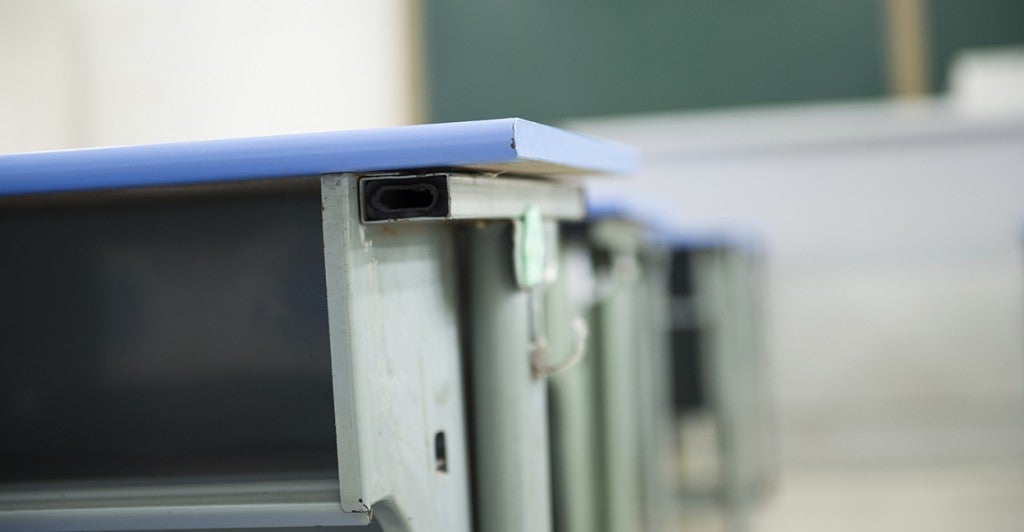The omnibus bill was released Tuesday night. Here are some key details about what it does regarding education spending.
Maintains historically high levels of federal education spending. At all levels, the spending measure maintains elevated levels of federal spending and intervention in education.
Maintains high levels of funding for Head Start. The spending bill increases funding for the ineffective Head Start program, the Johnson-era federal preschool program that the Department of Health and Human Services found has little to no impact on children’s cognitive abilities, their social-emotional well-being, their health or their parents’ parenting practices. Since 1965, taxpayers have spent more than $180 billion on Head Start. The spending measure includes $8.6 billion for Head Start.
Increases higher education subsidies. In 2014 the federal Pell Grant program provided grants to nearly 9 million college students, making it the largest share of the federal education budget. Congress grew the Pell Grant program in 2007 by expanding eligibility and funding, resulting in a doubling of the number of Pell recipients since 2008. The current spending measure continues to grow spending on Pell Grants by increasing the maximum Pell award to $5,830. It is estimated to increase the number of recipients by nearly 150,000 students. Increases in total Pell expenditures have been the result of increases in the number of grant recipients, which has grown from 4 million during the 1992–1993 academic year to 8.8 million during the 2012–2013 academic year, nearly doubling in the past decade. There is a strong correlation between increases in student aid and growth in prices over the past several decades. Increases in federal student aid have not eased the college cost burden, and continuing to do so will not make college more affordable in the long run.
Increases higher education spending. The spending measure increases funding for the federal TRIO program by $1.5 million, to $839 million. Instead of continuing to increase higher education spending, policymakers instead should work to better target resources by repealing spending for programs such as TRIO. TRIO provides college counseling, mentoring and tutoring services. These programs add to already high levels of higher education spending, and there is little evidence they have met their goals of increasing college readiness for disadvantaged students. As such, they should be eliminated and instead handled at the state and local level.
Grows K-12 spending. The spending measure increases funding for IDEA (Individuals with Disabilities Education Act) by $25 million and increases spending for Title I of No Child Left Behind (federal funding for low-income school districts) by $25 million. Funding through Title I is distributed through a convoluted funding formula, “with provisions that render the final results substantially incongruent with the original legislative intention.” IDEA funding is also complex, and is not student-centered. Instead of continuing to increase spending, Congress in the future should permit states to make Title I and IDEA funding portable, allowing funding to follow a child to the school of his parents’ choice—public, private, charter or virtual.
